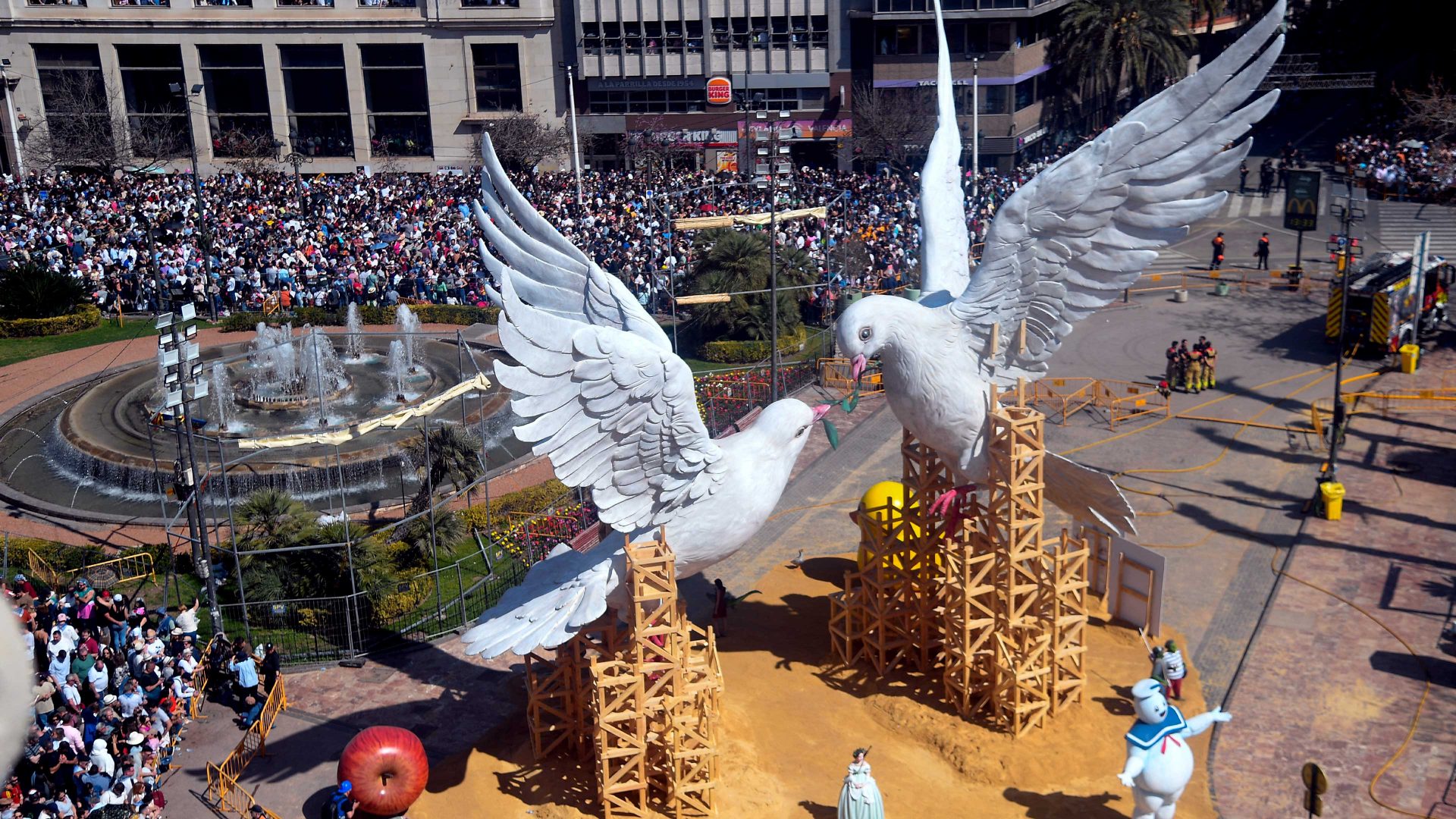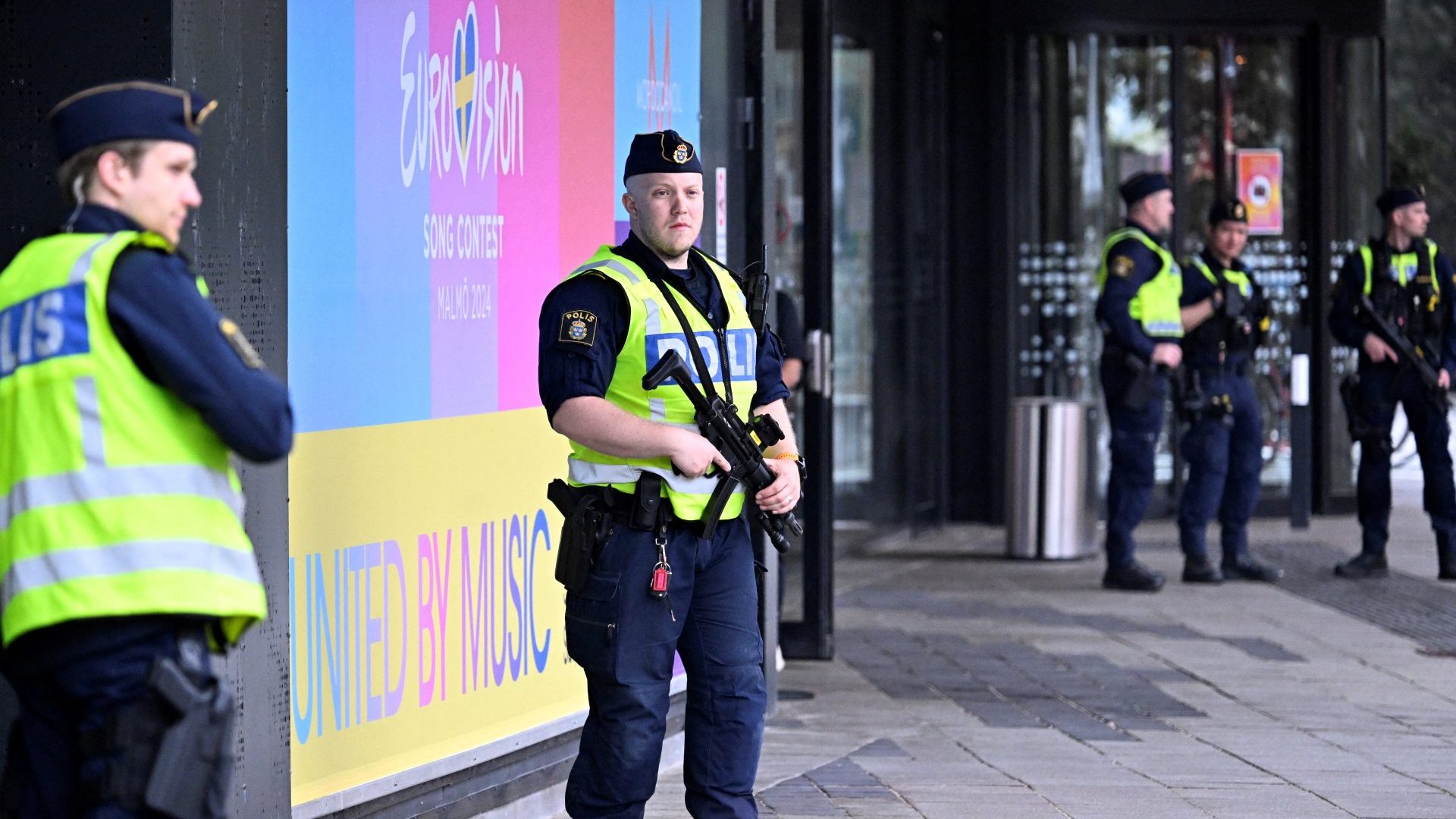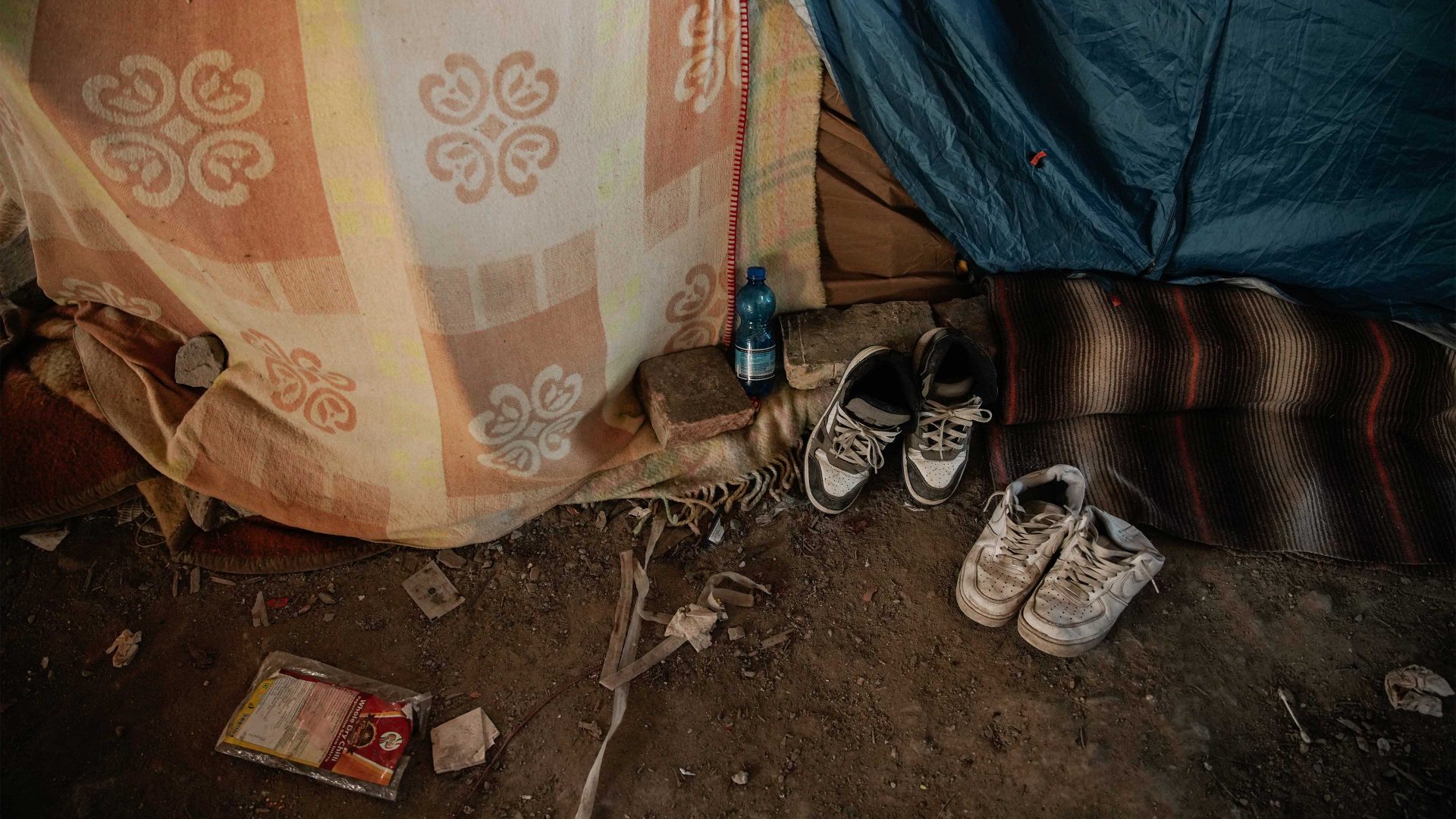For the jumpy or those with a generally nervous disposition, visiting Valencia during its famous Las Fallas festival might not be for you. Unfortunately, that rules out most of March. Why? Because Las Fallas transforms the city into an impromptu free-for-all of collective pyromania, and the streets become a series of loosely organised (often what feels loosely regulated) bonfires and firework displays. A month later, I have only just recovered.
Fallas isn’t so much about light and colour as it is noise. The main event, la mascletà, is held every day outside the town hall, and this year it reached 130 decibels — that’s due to the 170kg of gunpowder that are used during the festival. It can be heard for miles and makes the floor of Plaza de Ayuntamiento shake.
There is an incessant backing track of bangs and explosions; snaps of sudden noise from toddlers tossing poppers and snappers into the street, the fizzing whirrs and screeches of rockets, low-rumbling booms that echo through the courtyards and send birds leaking across the sky.
There’s a buzz about Valencia during Fallas, a sense of never-ending joviality. There are lots more people too – a million tourists this year, which was a record. The streets are rammed, framed by the red and yellow striped Valencian flags hanging between the balconies. Junctions are blocked off by long white tents, the private areas of individual Fallas – sort of clubs, found on almost every street around the city. Each club has its own bar, history and identity, marked out by the club members’ (falleros) coloured jackets.
The light is hazy. There’s the acrid stench of gunpowder in the air, and the syrupy sweet smell of deep-fried churros wafting over from takeaway vans. There are blinding light displays advertising Spanish produce — MAHOU BEER, BERONIA BEER — and brass bands roaming the streets, their strangled trumpet sounds escaping down the alleyways.
The floor is littered with empty cans and bottles and the fading embers of fireworks burning softly into nothingness. Small fires burn randomly around the street; a group of wide-eyed tourists turn the corner and wonder what they’ve done, jumping in fright at a particularly big bang. A small child walks by with a wooden box of fireworks hanging on a string around his neck, and tosses poppers nonchalantly over his shoulder. Two old men stand watching from afar, talking about how many barrels of beer have been bought.
Locals say Las Fallas comes from a centuries-old Valencian tradition when the city’s carpenters burned their old materials on the eve of el día de San José, the patron saint of carpentry. With time it transformed into building (and burning) ninots – huge sculptures made of wood, papier-mache and cardboard – and developed a satirical element, with figures fashioned into unflattering portrayals of modern day politicians and celebrities.
In one ninot display about paella, Valencia’s claim to global gastronomical fame, a sign reminds Jamie Oliver of his terrible crime against their famous dish – he dared to add chorizo, and they will never let him forget this outrage.
On the night of San José, the festivities finally come to a close and Las Fallas culminates with La Cremà — the night the ninots are burned and everything goes up in flames.
All over the city, the final firework displays are held and ninots are set alight. The sky develops a soft red haze, and flames dance up into the night, the air thick with smoke. Fire engines stand by, dousing buildings with water as sparks glance at the nearby balconies. Crowds gather and block the streets; a bus comes to a slow stop as people part to let it pass.
All over the city fires burn, and a quiet falls over the people. They watch silently, firelight on their faces, as all that work, all that design and detailing goes up in flames. The fires pick up, spitting out sparks, and the ninots begin to warp, crumple and tip over. A single arm sticks out of the flames, before sagging and falling off. By dawn there is silence, and the streets smell of fresh soap and stale smoke.
Conor Patrick Faulkner is a Valencia-based freelance writer from Sheffield



